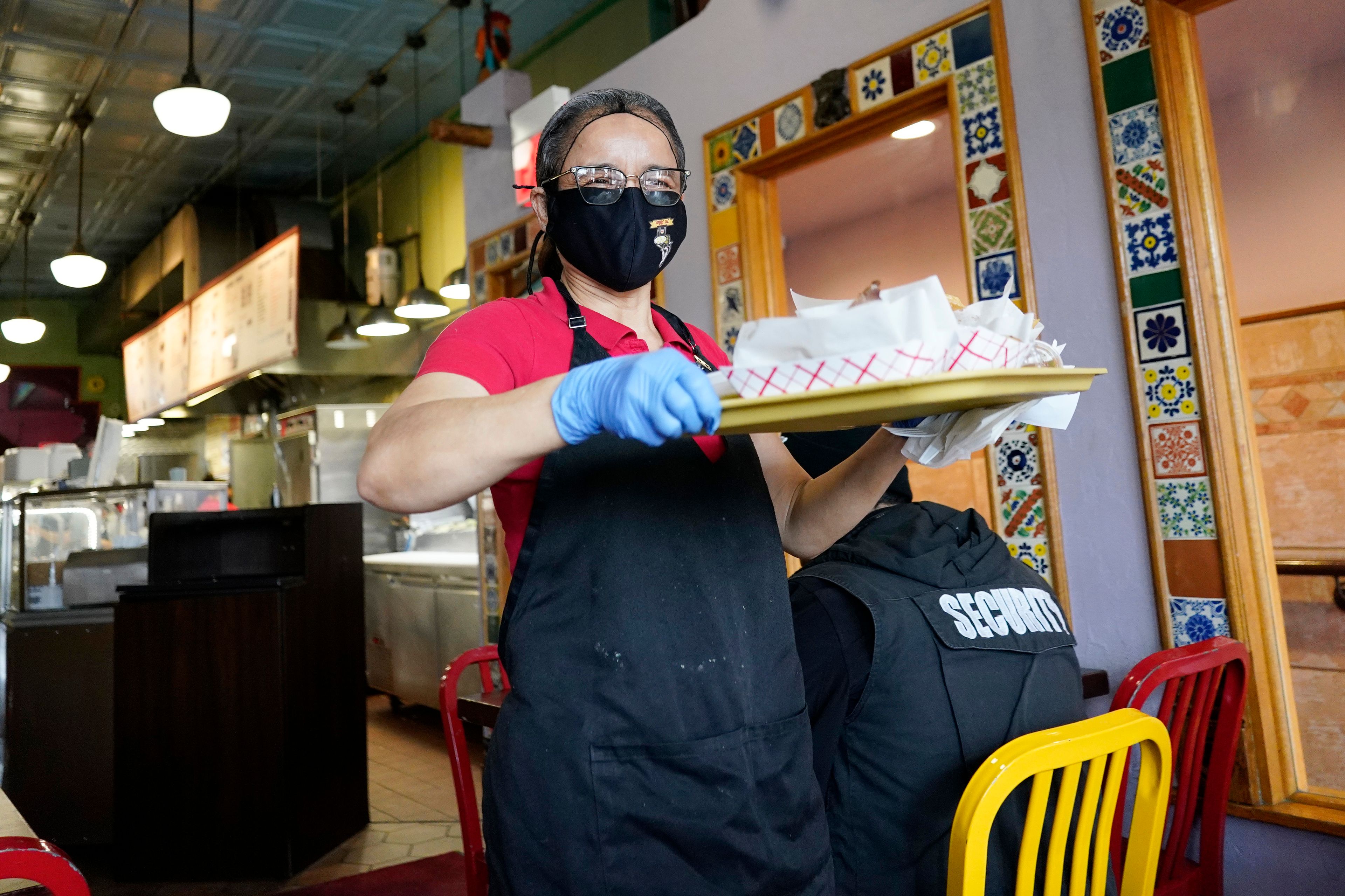COMMUNICATIONS; 'Death star' technology fine tuned; Use of satellites to access hundreds of television channels winning over skeptics
SEATTLE Cable TV and video rental executives call them ''death stars'' satellites capable of beaming hundreds of channels of television programs and movies directly to homes equipped with
small, relatively inexpensive receiving dishes.
But though the competitive threat posed by satellite entertainment services (or
''DBS'' for direct broadcast satellite) has been remote in the past, skepticism
over their viability is fading fast.
Mass-market DBS services are here, offering greater programming choices at
prices that could persuade a substantial number of previously captive cable
customers to defect. The satellite providers also plan to offer pay-per-view
movies at prices and on time schedules that could dent video store rentals,
experts say.
''We bring a lot of things to the party,'' says Robert Hubbard, executive vice
president of United States Satellite Broadcasting Co. ''Better picture and
sound quality, on-screen program guides, more channels, value. And you can take
your television viewing with you to your vacation home.''
Beginning this month, the first of two Hughes Galaxy 601 satellites will begin operating the nation's first high-powered DBS service. Another satellite is scheduled for launch this summer, doubling channel capacity.
Together, the satellites are part of a $1 billion effort to deliver more than 150 channels more than three times the number of local cable systems to subscribers anywhere in the continental United States. An estimated 40 percent of households do not receive cable TV.
Principal investors include Hughes Communications, which has spent $600 million on the project and formed DirecTv, a unit of GM Hughes Electronics, to provide programming. Other partners include United States Satellite Broadcasting, a subsidiary of Hubbard Broadcasting Inc. of Minneapolis, and Thomson Consumer Electronics of Indianapolis, which will make 18-inch-diameter receiving dishes and VCR-sized home digital decoders consumers need to receive transmissions. The hardware will sell under Thomson's RCA brand.
DirecTv and USSB will be independent programmers sharing the first satellite. In addition to movies, DirecTv will offer 23 popular network cable services among them CNN, ESPN and the Disney Channel. Ultimately, DirecTv will also sell 30 to 40 classic and new-release movies, with many titles running every half hour, as well as music channels.
Meanwhile, USSB will offer multiple channels of HBO, Cinemax, Showtime and the Movie Channel on a pay-per-view basis.
''We're positioning ourselves as the first true alternative to cable,'' says Linda Brill, chief of public relations for DirecTv.
The history of direct broadcast satellite systems has been one of dashed expectations and derailed schemes. Technical complexities, high installation costs and the size of the receiving dishes required to pull in signals from conventional satellites has limited DBS customers mainly to rural America, locales too expensive for cable to reach or where television signals are weak or non-existent.
In 1982, the Federal Communications Commission authorized eight orbital positions for small-dish, high-power satellite service. Since then, there have been several attempts to create an entertainment network that could challenge cable.
The most recent was by SkyPix of Kent, Wash., which for a few years seemed to lead a race to overcome the technical constraints that hampered previous efforts. SkyPix attracted prominent local investors such as Microsoft co-founder Paul Allen. But the company was never able to deliver on its promises and was forced into Chapter 11 bankruptcy.
Other, more powerful interests now are pushing ahead. Overseas, Publisher Rupert Murdoch is successfully operating SkyTV in Europe and Asia. Great Britain has more than 3.8 million subscribers to British Sky Broadcasting.
''These are not a couple of flakes with a couple of bucks, which may have been the case in the past,'' says George Bryant, communications director for Satellite TV Week, a TV guide for satellite dish owners. ''These are huge corporations who have put a lot of bucks in these things.'' Hughes, main backer of DirecTv, is the world's largest commercial satellite owner and operator.
A combination of technical advances and regulatory changes have come together to make systems viable:
*Hughes's DirecTv satellites, operating in the Ku band of the frequency spectrum, generate signals that are five times stronger than existing C-band orbiters. The higher power and new frequency make it possible to receive signals on a dish the size of a large pizza, meaning they are small enough to sit on household roofs or window ledges.
Hardware to receive DirecTv will also cost far less than traditional satellite setups, about $700 for dish and digital box, compared with the $2,000 cost of a C-band system.
*The DirecTv system is based on digital data storage and transmission, which allows the use of data compression to multiply the volume satellites are able to transmit.








